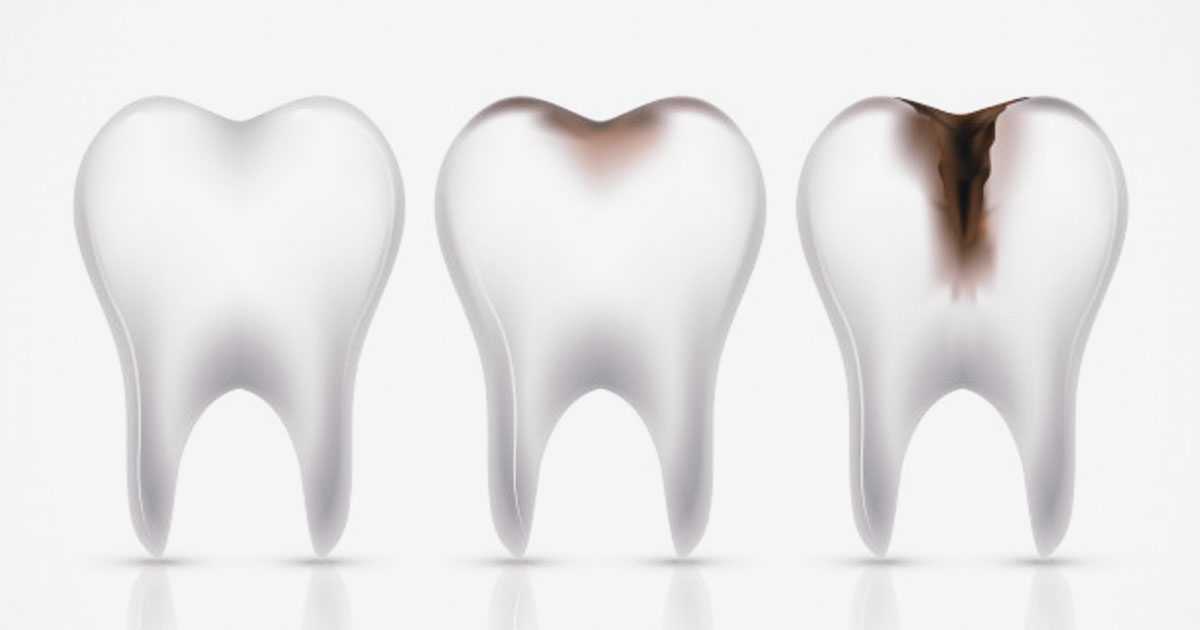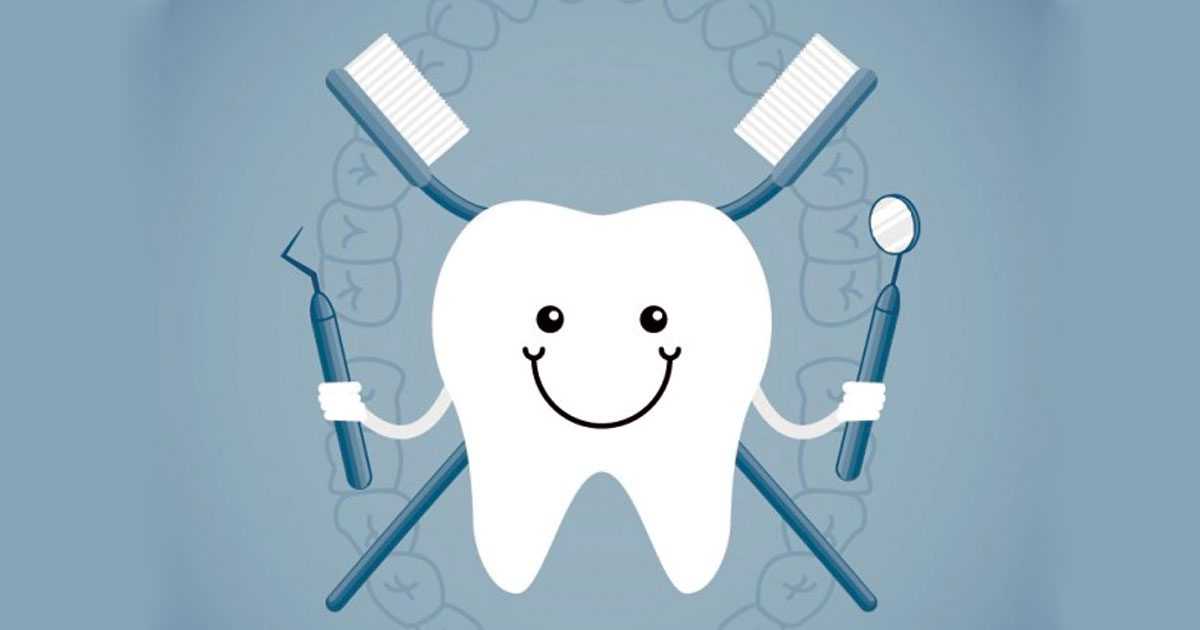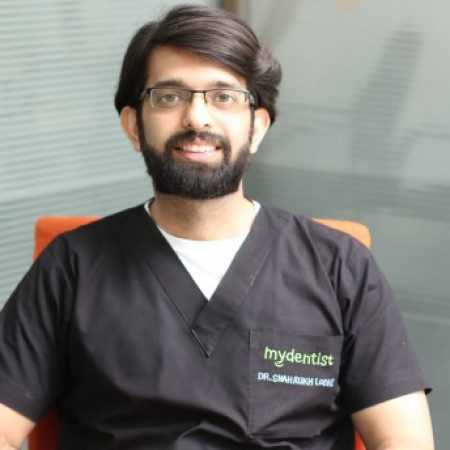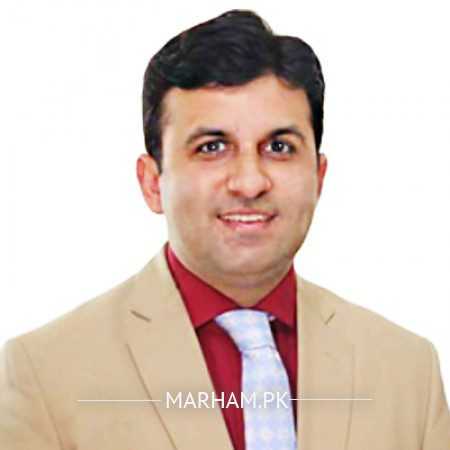When did you last get the teeth of your baby examined by a professional dentist? “Do I really need to?”, you may well ask back. Indeed, you must. Even if there are no complaints. Ideally, a baby’s teeth should be examined by a professional by the time he or she is one year old. Let it be a part of the birthday gifts. By regular inspections, you are preventing the possibility of childhood caries-or cavities in baby teeth.
What Happens When Your Child has Teeth Cavities?
If caries develops, not only will your child suffer discomfort, but you will also have to bear the cost of treatment and waste time visiting the dentist. Hence, prevention is very important. For that, you must ensure regular brushing and flossing of baby’s teeth, and to take the baby to the dentist regularly for inspection. But most parents neglect these two essential routines, especially dental examinations, and as a result, caries is very common among children.
Treatment Options for Getting Rid of Teeth Cavities in Children:
What should you do if your child develops caries in the teeth? Here are some possible options- some wise and some ill-advised.
Must Read: 8 Best Dentists In Lahore
Option Zero- Do Nothing:
This is the option most parents adopt in the beginning. Neglected, the little speck of caries will grow and may cause irreparable damage. Damage to baby teeth can affect permanent teeth also. Not knowing this, most parents will wait till the baby starts complaining of unbearable pain.


By that time, a lot of damage may have occurred. When they do take their baby to the dentist, sometimes it is too late. Anyhow, your dentist might still have some or all of the following options depending on how much damage has occurred already.
Fluoride Treatment:
If luckily you discover the caries formation early, i.e., before it actually erodes the enamel, a fluoride varnish by the dentist or even brushing with fluoride toothpaste may stop (or even reverse) the decay. However, professional treatment will produce better results.
Related: 8 Tips to Prevent Tooth Staining
Pulp Capping:
If the parents have ignored too long and the erosion has reached near the pulp chamber (a chamber inside the root of the tooth which contains blood supply and nerve tissue), but not exposed it yet, pulp capping procedure will be needed before a filling can be placed in the cavity.
Pulpotomy:
When the cavity has gone deep enough to expose the pulp, some pulp will almost certainly have become infected. The infected pulp must be removed and medicines placed inside the pulp chamber. The chamber is then sealed and the cavity filled, but the tooth becomes so weak that a protective crown must be placed over it.
Filling:
If a cavity has already formed, a filing may be required to prevent the exposure of underlying nerve of the tooth. The cavity is cleaned and then filled with tooth colored materials. This restores the function and aesthetics of the tooth.
Crowns:
In case the damage caused by a tooth cavity is extensive, a crown is used to support the remaining tooth structure, and to restore the esthetics. Crowns are protective caps made of stainless steel or tooth-colored porcelain. The latter is very aesthetic but more expensive. Stainless steel crowns are often preferred for temporary teeth because those will soon fall out.


Root Canal Treatment:
This is probably the last means to save a tooth from total loss. When most of the pulp has been infected it causes severe pain. This condition beyond treatment by any the options above, the dentist may decide to give your child a baby root canal treatment. The pulp is completely removed and the chamber cleaned and dried thoroughly. An inert tissue is filled into the chamber and the chamber sealed with a filling. Again, a crown must be placed over such a tooth. For more information related to root canal treatment, you can consult with the best dentist in Islamabad, Karachi and Lahore, Pakistan at marham.pk.
Best Treatment For Root Canal, Tooth Decay, Dental Implants & Smile Makeover by Dr. Shahrukh Lodhi
Extraction:
For primary teeth so seriously decayed beyond restoration by any the above means, the only option left is extraction. However, a vacant socket invites inward movement of adjacent teeth and causes serious damage to smile as well as to the ability to eat. Therefore, the empty space left by the missing tooth is occupied by placing a space maintainer in the area to prevent the neighboring teeth from drifting in, and to provide room for the uninterrupted eruption of the permanent tooth.
Remember, if you simply make sure that you brush your child’s teeth twice a day, there are very minimal chances of development of teeth cavities. However, if you observe that your child has teeth cavities, then you should never delay treatment. the more you prolong treatment, greater will be the discomfort and pain your child experiences afterward, and the more money you have to spend on his or her treatment.





